A patient listens as nurses holler names into the otherwise silent waiting room. Their leg anxiously jiggles while they wait to see a new doctor for the first time. Finally, they hear a name they recognize but haven’t answered to since they grew into their true identity.
They walk across the waiting room wearing an appearance that doesn’t match the name being called. They feel all eyes on them as they’re “outed” to 10 or 20 people, one of several painful experiences transgender patients receive in Wisconsin health facilities, according to Ginger Baier, OutReach’s Transgender Health Advocate.
Many transgender, nonbinary, and gender nonconforming (TNG) patients avoid stepping foot in medical centers out of fear of such situations and concern about what doctors will do when they realize their patient is trans.
An unwelcome feeling
KC Councilor, who recently moved from Madison, Wisconsin to teach at Southern Connecticut State University, put off finding a new provider “for as long as [he] could,” both due to lack of notable transgender-friendly providers as well as this stress.
Councilor’s bumpy path through various doctors’ offices prompted him to put the experiences down in drawings. He recently published a comic book about his transition detailing events related to medical care, from being unable to donate blood to dealing with an unhelpful nurse when his partner was hospitalized.
One section illustrates a routine visit with a doctor, one he saw once a year to refill a prescription and check in on its effects. The doctor still brought up that Councilor was considered overweight now. Transitioning had meant gaining muscle, and it meant Councilor was now over the standard weight set for females (the letter “F” still glared on his charts0. Weight, as so often with gender, is measured using a binary. Where does this leave those who fall in between?
Many other TNG patients, like Councilor, are afraid of seeking healthcare because providers are overwhelmingly unaware of how to make them feel comfortable. TNG patients largely report feeling like their identity is brushed aside, that doctors won’t understand TNG bodies or will discriminate against them. People procrastinate visiting doctors at all costs, worrying that even simple check-ups can turn into traumatic events. More and more patients avoiding care leads to higher health risks in the community and a need for outside organizations to step up and raise awareness of respectful care among providers.
A 2017 Wisconsin Transgender Youth Community Needs Assessment found 80.1% of transgender youth patients do not see medical providers who are competent about their needs.
While medical schools coach students’ physical skills, data shows curricula fall short in teaching how to treat all patients affirmatively. That means addressing patients and their bodies the same regardless of factors such as gender and, as Councilor puts it, “not having identity be a barrier to getting care.” In medical schools’ place, transgender advocacy organizations are gradually breaking down these barriers through continuing, outside education that coaches the basics of affirmative care.
Starting to understand transgender bodies
When Rowan Calyx first started transitioning while he lived in Milwaukee, he asked his provider what transition services they offered. The providers’ response? “We have nothing for people like you.”
“I’ve run into more healthcare providers who are uninformed or are pretty much relying on me to tell them what’s what,” Calyx, now an administrative support staffer at UW-Madison, said. “All minorities have been tapped to be someone’s go-to educator. We’ve had cisgender people come at us and say, ‘tell us everything about being transgender,’ and it’s not the responsibility of people in marginalized communities to constantly educate the majority.”
When patients always have to explain their bodies to providers, they may be deterred from seeking further care. However, TNG people face more health risks than cisgender people. Jamison Green, the immediate past-president of World Professional Association for Transgender Health, said the fear of being treated poorly by providers as a result of social stigma leads to the greatest risk: untreated illnesses leading to increased health issues in the transgender community.
“Being afraid to go to the doctor to seek care not only spreads to disease, potentially, but makes the person sicker so that by the time they do seek care there may be real damage done to their health and may be much more difficult to recover,” Green said. “Living in a state of fear that makes you afraid to seek healthcare makes you feel like you’re not a human being, and that can lead to anxiety and depression.”
Depression and anxiety, in fact, disproportionately affect TNG people.
Councilor reached the point where he couldn’t wait to see providers. He needed glasses, braces, vaccinations and A.D.D. medication. He was met with questions from the nurse, like, “When was your last menstrual cycle?” to which he explained that he hadn’t had one since transitioning. Her response: “We’ll just put ‘other.’”
Doctors do not always understand transgender bodies, leading them to “other” people that don’t match “normal” expectations. Some may refuse to see TNG patients at all. The resistance is largely due to little education, both during their time in medical schools and after.
Many schools across the nation offer elective courses that touch on LGBTQ+ topics in general, but few require such coursework in as part of the main curricula. A Journal of the American Medical Association article reported the median number of hours medical schools nationwide spent on general LGBTQ+ topics is just five across four years.
According to Chris Barcelos, a UW-Madison Gender & Women’s Studies assistant professor whose research focuses on LGBTQ+ health, medical school students may not take transgender-related courses because they don’t want to “focus on that area,” not recognizing TNG people as regular patients who seek care in all areas. Doctors in all specialties may eventually work with TNG patients, as will everyone in the facility, starting with administrative staff.
Councilor and his friend were marked as their gender as assigned at birth on their medical records, forms which often can’t be or are very difficult to get changed. Since administrative staff was most likely not trained on correcting or marking TNG patients’ records, wrong names and old, unnecessary information can be dug up, making the patient vulnerable during their appointment.
“An electronic medical record system doesn’t understand anything besides a binary gender marker, or doesn’t have a field to put in someone’s preferred name or their pronouns,” Barcelos said. “That means the front desk may call someone by a name that’s not the name they use, or give care that doesn’t meet the body or health needs they have.”
For Councilor, changing records and how administrative staff uses them is what affirmative care looks like.
“Ask patients how they identify and what they want to be called,” Councilor said. “If they don’t know the answer to something, say they’ll find out. But really, it’s just honoring and respecting someone for who they say they are, and listening.”
Green echoed that providers are stuck in “rigid, binary ways of looking at sex.” He also mentioned that individuals “high up in bureaucratic systems” of medical institutions and schools are resistant to change because they’re lodged in the mindset that something that’s stigmatized is wrong.
He said he was once told by a medical school dean, “You would never see any education on transgender-related care because schools will not waste any of a medical student or faculty’s precious time teaching something that wouldn’t be paid for.” This was true in Wisconsin until recently, when two transgender patients won lawsuits to gain coverage of transition-related care under Medicaid.
Green’s organization WPATH prioritizes education as an effort to see Medicaid restrictions for transition-related care lifted, something that could boost knowledge about TNG care.
“We feel that by educating more and more people, we can actually get some of this education to be translated into medical schools,” Green said. “More and more people are becoming aware that they need to know about this.”
Students pushing for change
Wisconsin’s two medical schools lack required LGBTQ+ courses, like most schools in the country, leading state organizations to create trainings with the same mission as WPATH.
It’s not only medical schools that may be lacking in LGBTQ+ education. When a transgender man goes to the pharmacy to pick up testosterone, they risk the wrong name being called over the loudspeaker or having the incorrect gender printed on prescriptions.
UW-Madison’s School of Pharmacy houses the one course within health science studies that teaches future providers how to handle these types of interactions. The class, called Topics in LGBTQ Health, is a cross-listed elective, so medical school, nursing, veterinary medicine, and pharmacy students can enroll.
Barcelos said changes in curricula are often student-driven. Health sciences students, in fact, voiced the need to dedicate a full course to LGBTQ+ content, leading to the pilot last spring.
One student-led initiative works to boost both the quantity and quality of this education. Angela Ai, a leader of UW-Madison’s medical student organization PRIDE in Health Care, agreed that precious few hours are spent on such topics in the classroom.
“That’s why it’s really important that we’re working toward creating more space in the medical school curriculum to talk more about these topics,” Ai said.
The sole course focused on the topic had a jam-packed syllabus, according to Molly Herrmann, an LGBT health consultant who instructed the course along with Dr. Cabell Gathman. They touched briefly on dozens of topics, from what Herrmann considered “LGBT 101” to pregnancy and childbirth and health disparities, but could not do any kind of deep dive in the once-a-week meetings. It was hard, she said, to design a curriculum for the first and only course, rather than a series of courses, focused on LGBTQ+ topics at UW-Madison.
Start from the basics
Part of Herrmann’s consulting business involves training existing providers how to make their environments welcoming for LGBTQ+ people, taking a “two-pronged approach” by educating both up-and-coming and veteran providers.
“One of my goals has been to get some ongoing training at all levels in healthcare systems,” she said. “There’s several interactions at appointment and if any of those don’t go well people tend to say, ‘I’m not going back to that place anymore.’ My belief has been that people need at least a basic backbone training on LGBTQ inclusion so they don’t drive people away.”
Herrmann works with other local organizations to “attack [the lack of inclusion] at all these different angles to try and get change made.” She developed trainings to coach providers through the basics of having better interactions with LGBTQ+ patients, similar to trainings offered by Jay Botsford, program coordinator for Wisconsin Transgender Health Coalition and the Transgender Youth Resource Network.
Both the Wisconsin-based and international transgender health trainings given by the above organizations begin with enforcing “the basics,” as Botsford said, like asking for patients’ pronouns and using correct names. They also coach providers through proper use of medical forms, so, for example, they are no longer questioned about menstruating or called by an old name.
Baier brings groups of transgender people to sit down with medical students and professionals for mock new patient interviews in OutReach Madison’s trainings. The “patients” offer feedback about what questions should and should not be asked.
WTHC mainly targets trainings at free clinics and Planned Parenthood, as well as other facilities where additionally marginalized TNG patients access care,
so they can “make the most impact,” Botsford said.
Continuing education
In 2017 Planned Parenthood of Wisconsin participated in the training, bringing three clinicians and five educational staff members to learn from WTHC.
“We recognize that our transgender patients need to be treated with the same respect that we treat our other patients with, and we need to be able to provide our existing services to all patients in a respectful, inclusive way,” PPWI Director of Community Education Meghan Benson said.
Continuing education is crucial for providers to treat TNG patients respectfully, Barcelos said. Herrmann, for example,
offers quarterly trainings open to Madison city staff.
PPWI plans to use Botsford’s teachings and his ongoing counseling to re-train all health center staff members across the state in the next 12 to 15 months. The national Planned Parenthood organization has additional online trainings for staff about working with LGBTQ+ populations.
Benson said the training explored topics about transgender-specific healthcare services, like hormone treatment and transition-related surgeries. PPWI clinics do not yet offer such care, but Benson said they’re working with WTHC to get there in the next couple years.
In the meantime, PPWI and WTHC are building a referral list of transgender-affirming health providers, many of whom are capable of offering transition-related, affirmative services both in Wisconsin and just across state lines.
A more humanized experience
With these efforts, gaps in medical school curricula and TNG health access are slowly being patched up, with the aim of ensuring that TNG patients always experience a comforting, understanding practice.
“There are not a lot of healthcare providers out there that are even transgender-friendly, much less able to provide transgender health services,” Benson said. “I think we were able to bring that back to our health centers and recognize that there’s really a gap for this population and one that we can perhaps step in and fill.”
Councilor felt respectfully treated after a doctor’s small, involuntary indicator that they were present and open: they blushed. He visited the doctor for the first time and was obviously nervous, and could tell by her face she was, too.
He wrote in his comic, “Dear Doctor, thank you for the flush in your cheeks that told the subconscious part of me that you were really there, and that I could be too.”
Sammy Gibbons is a writer, yoga-doer, vinyl collector, and Wisconsin native. When she isn’t cuddling her sweet puppy, she runs UW-Madison’s newspaper, The Daily Cardinal. Between editor-in-chief duties she writes concert reviews for the paper’s arts section. For another space to blab about music, she co-hosts an hour-long show on WSUM Student Radio. Sammy is graduating from UW in May with degrees in journalism and creative writing.

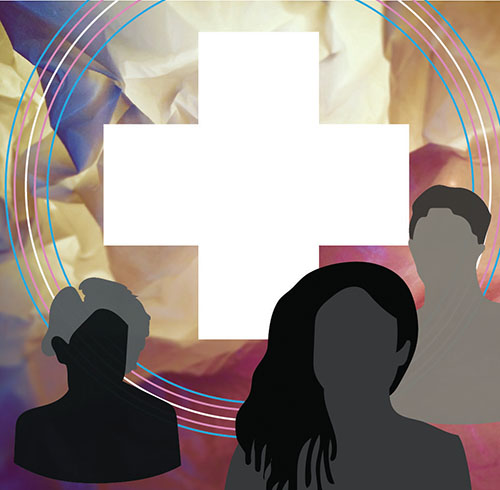



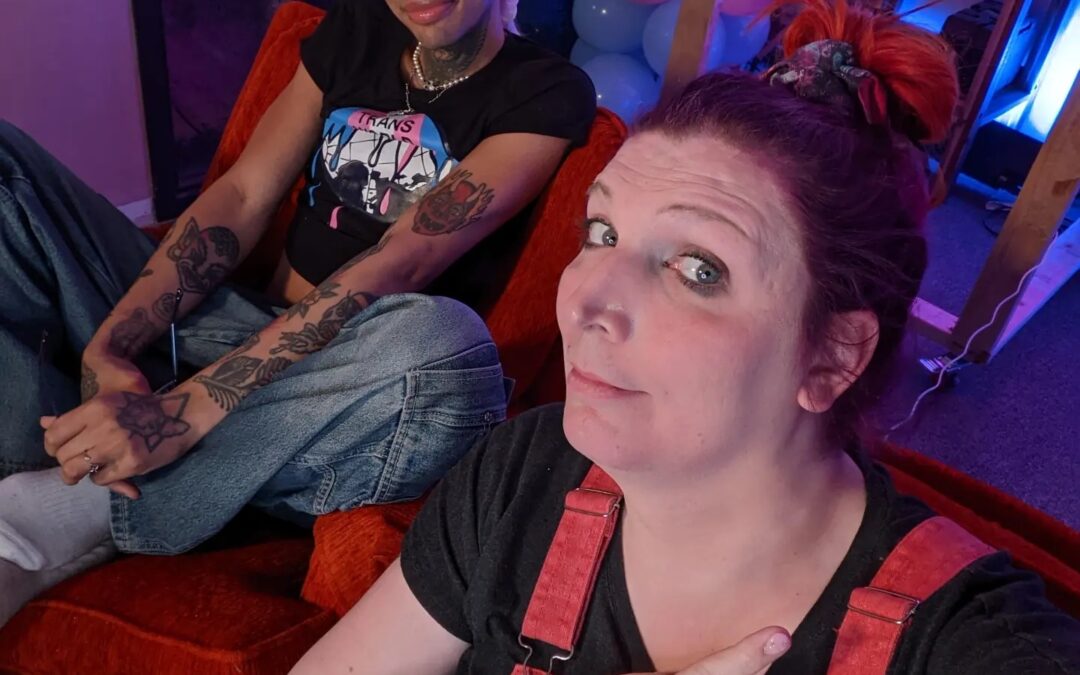


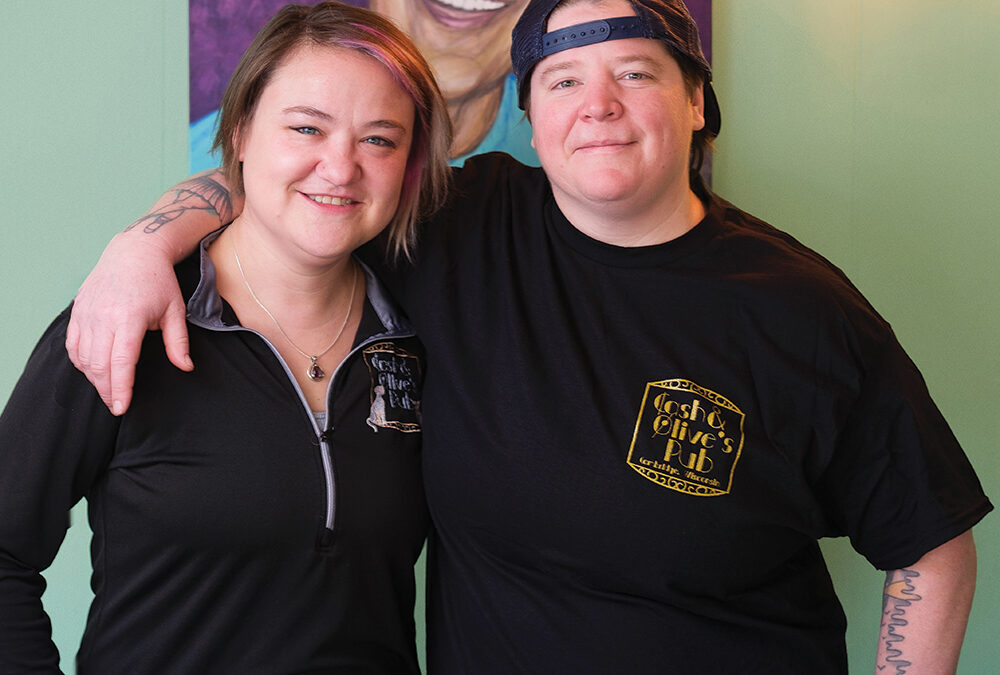


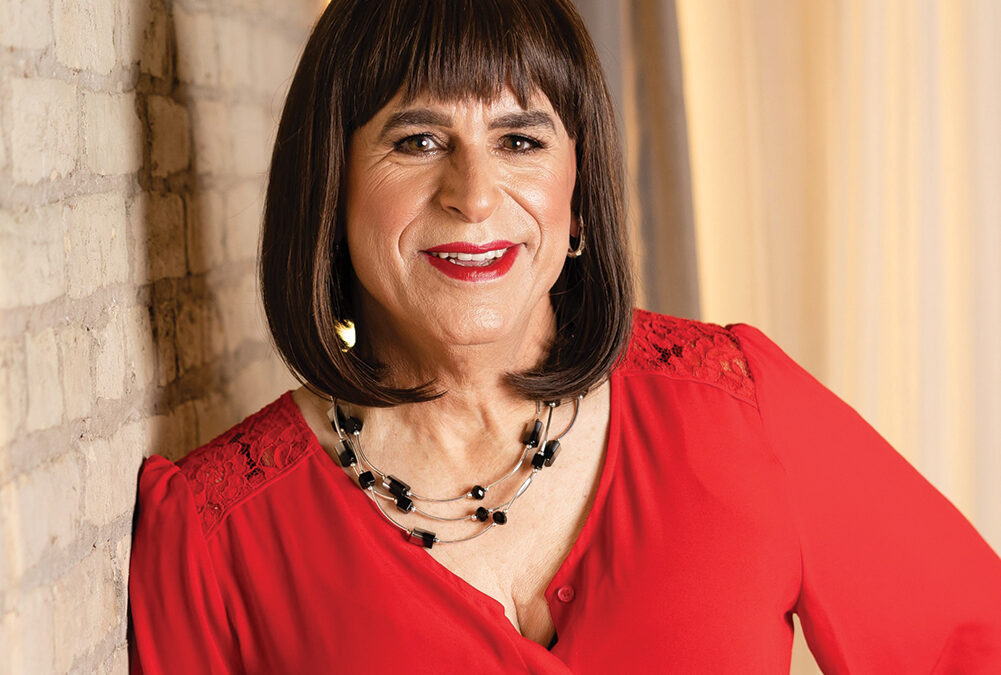

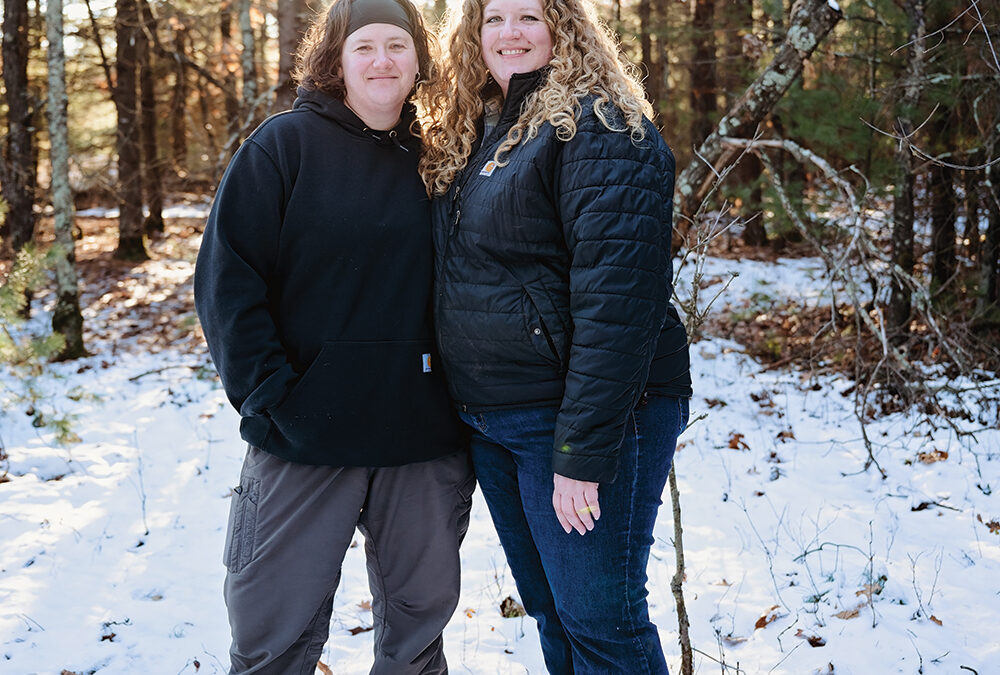







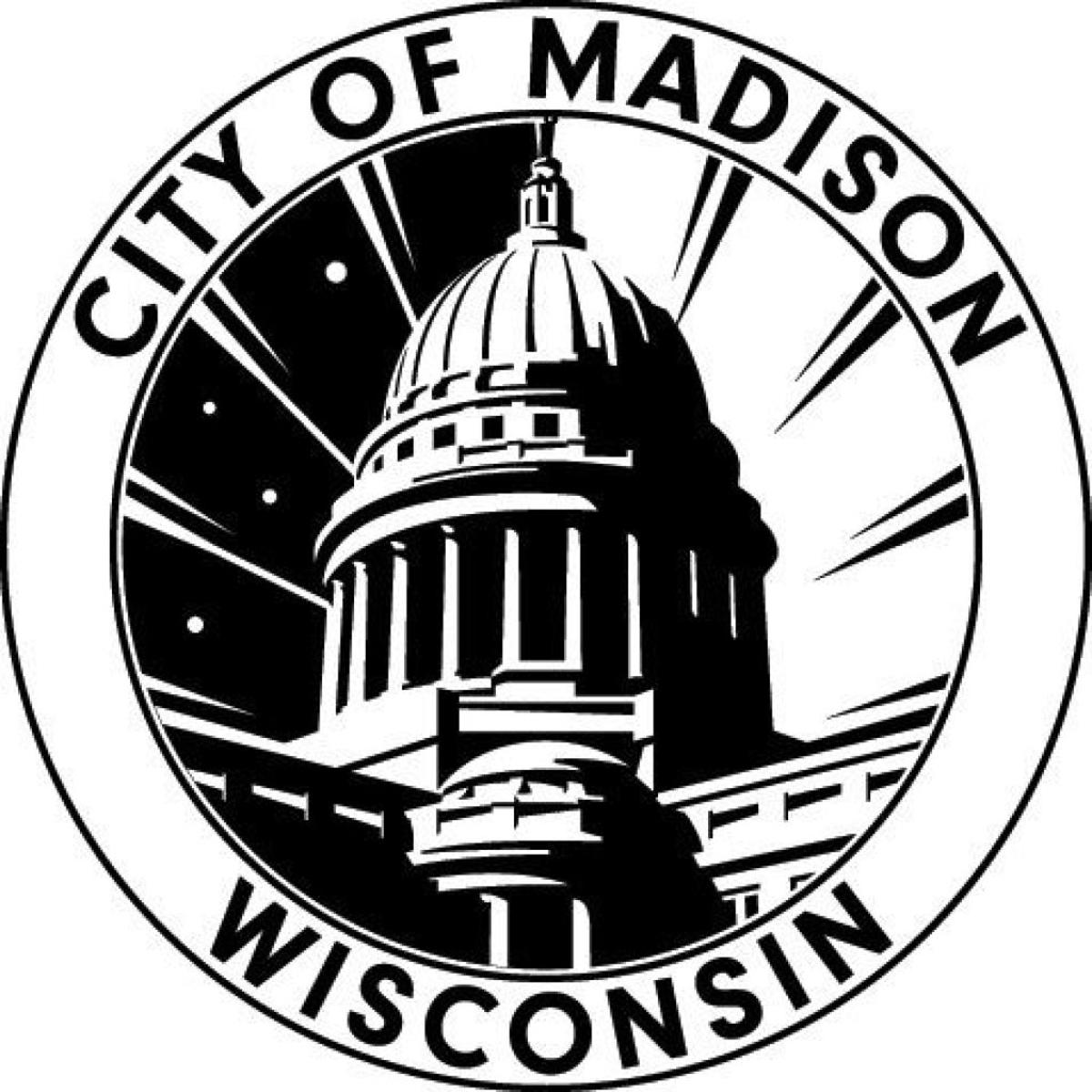


0 Comments